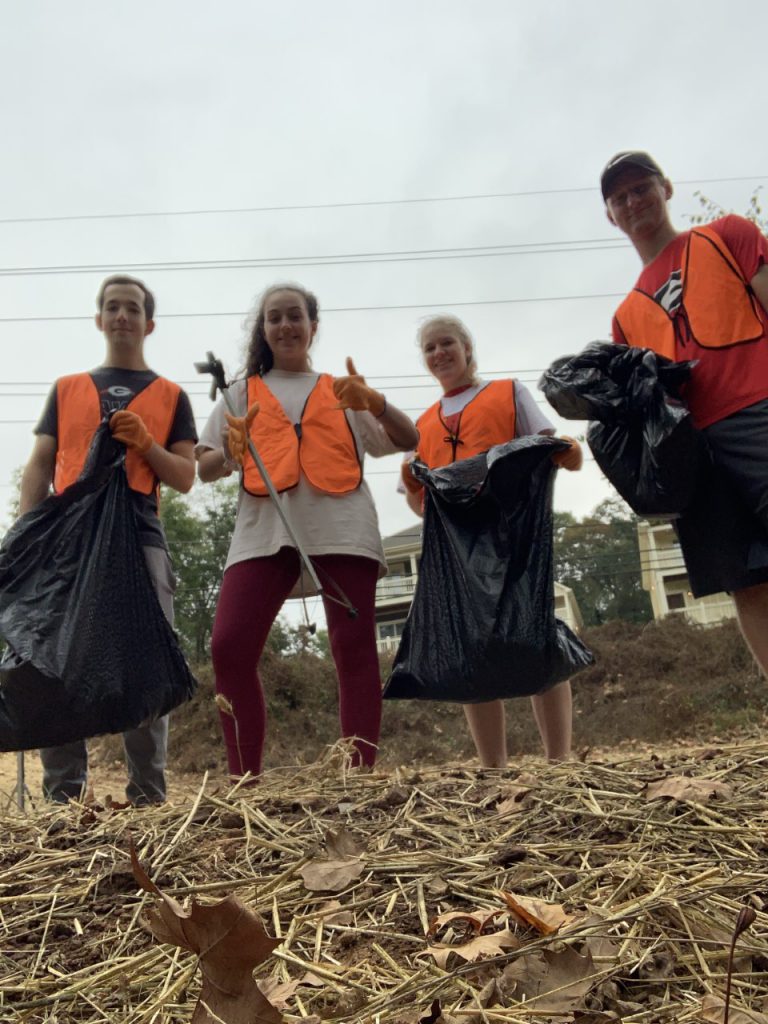Marfan syndrome is a genetic disease that affects the body’s connective tissue. People with the disease tend to be extremely tall and slender. This disease affects about 1 in every 5,000 people [1]. Marfan syndrome is typically caused by a mutation in the FBN1 gene which affects the way in which the protein fibrillin-1 is made. The production of the protein is enhanced and the surplus in fibrillin-1 is what harms the connective tissue, ultimately causing problems all over the body. Because Marfan syndrome causes complications throughout the body— such as in the heart, bones and joints, lungs, and nervous system— it makes sense that the FBN1 gene variation is what causes the disease [2].
[7]
Why and How to Test
Testing for Marfan syndrome is very important if you think there might be a chance that you have it. This is due to the fact that even if the symptoms are not always life threatening, they are detrimental to your way of life. If you find out that they are a result of Marfan syndrome, you can be more cognizant of the way you go about life so that you can live up to the normal life expectancy that the disease usually entails. For example, having Marfan syndrome would make it dangerous to play contact sports, both because of the brittleness of your bones and the higher risk you have for heart enlargement and heart failure as a result of that. The most effective and efficient form of genetic testing for Marfan syndrome is single gene DNA sequencing, as the disease is typically a product of a variation in the FBN1 gene. This is the case for up to 90% of the time. If the result of the test is negative, it might be helpful to do the same DNA sequencing for TGFBR1 and TGFBR2. If the aforementioned complications are present and testing is positive for a variation in any of these genes, then it is highly likely that someone has Marfan syndrome [3]. But if there are no symptoms present, then there is a chance that the person has another disease. There is a 50% chance that a parent with the disease will pass it on to their offspring, so it is important to have as many family members as possible test [1].
Scientific Risks of Testing
Having a genetic variation in the FBN1 gene usually causes some sort of condition that is paired with Marfan syndrome, such as the common variant rs12916536 leading to adolescent scoliosis [4]. However, testing for this gene is not always straightforward. For example, other variations of the gene can be linked to ectopia lentis syndrome, Weill-Marchesani syndrome, Shprintzen-Goldberg syndrome and neonatal progeroid syndrome [5]. Because of that, it is important to test multiple family members if there is a discovered variant in the FBN1 gene. Some of these gene changes could actually be polymorphisms, which are not likely to cause Marfan syndrome [5], so the risk of someone having a variation in the gene to also have Marfan syndrome is not a certainty, but not having that variation does mean that one does not have the disease.
Ethical Considerations
Most of the ethical questions regarding genetic testing used for Marfan syndrome is meant to question if genetic testing is even the best method to determine if one has Marfan syndrome. First of all, the cost might not be worth it because of the obvious physical characteristics of one with Marfan syndrome. As a child works through adolescence, they eventually would be able to notice their unusually long limbs and fingers and would likely have other abnormalities common for the disease. While that might not be indicative of anything other than just being tall and skinny, there are enough complications with the body caused by Marfan syndrome that would pile up and ultimately cause worry. But even still, they would have to test in some manner to be sure.
Another reason why a DNA sequencing might not be the best option is that there are other tests that one can have, such as an EKG, cardio ultrasound, cardiac MRI, or CT scan. These are the best ways to see abnormalities with the heart, blood vessels, spine, and skeletal system. These tests however are typically more expensive than the genetic test, which is usually around $2,000 [5]. However, being able to see the plethora of complications through these medical examinations seems to be more effective than the genetic test, as variations found in the test might not prove someone has Marfan syndrome. People who take the genetic test would end up having to pay north of $2,000 more for a different test to get complete accuracy.
There also come the behavioral and psychological effects that come with knowing you have Marfan syndrome. Initially, there are feelings of denial, anger, and depression, which come with many diseases. But accepting that you or someone close has the disease means living a different way of life. For example, it is important to stay out of active sports and all activities that put someone at risk for severe injury. Also, people affected must come to terms with the idea that they look different than others and that they would in some cases need special protection. Finding the balance of protecting yourself or your child while still being as involved in activity as possible will alleviate some of the frustration with the way of life [6].
Questions to Ask Before Getting the Test
- If someone in the family has already tested positive, what are the chances that a child also tests positive? Children have a 50% chance of having the disease if one parent does. For more extended family, the chances vary as different parents come into play.
- What should be the plan if someone tests positive? The first thing to consider if someone tests positive is whether or not they want to participate in further screenings. If the cost of that isn’t worth it, then someone who tests positive should at least act as though they do have the disease, especially if they possess some of the bodily complications.
- What types of environmental factors should they consider changing if they test positive? Someone who tests positive should most certainly continue to stay active, but to a much lesser degree. Active sports and heavy lifting are highly dangerous to someone with Marfan syndrome, but it is absurd to completely remove physical activity from someone’s life.
Ultimately, a certain level of concern that you might have Marfan syndrome would make it worth it to get tested in some manner, whether it be genetic testing, medical screening, or both. Knowledge that you might have to change your lifestyle is scary, but it beats the likely alternative of dying from the complications of Marfan syndrome when you weren’t aware you had it.
References
- “What Is Marfan Syndrome?” The Marfan Foundation, 3 Oct. 2018, www.marfan.org/about/marfan.
- “Marfan Syndrome.” National Center for Biotechnology Information, U.S. National Library of Medicine, www.ncbi.nlm.nih.gov/gtr/conditions/C0024796/.
- “Marfan Syndrome – FBN1 Gene.” National Center for Biotechnology Information, U.S. National Library of Medicine, www.ncbi.nlm.nih.gov/gtr/tests/502890/.
- Sheng, Fei, et al. “New Evidence Supporting the Role of FBN1 in the Development of Adolescent Idiopathic Scoliosis.” National Center for Biotechnology Information, U.S. National Library of Medicine, 15 Feb. 2019, www.ncbi.nlm.nih.gov/pubmed/30044367.
- “Marfan Syndrome Diagnosis and Tests.” Cleveland Clinic, 3 May 2019, my.clevelandclinic.org/health/diseases/17209-marfan-syndrome/diagnosis-and-tests.
- Bennett, Robin L., and Meinhard Robinow. “Marfan Syndrome.” University of Washington Orthopedics and Sports Medicine, orthop.washington.edu/patient-care/articles/arthritis/marfan-syndrome.html.
- Zink, William P., “Marfan Syndrome.” August 2015, http://zinkmd.com/portfolio/amet-sollicitudin.


